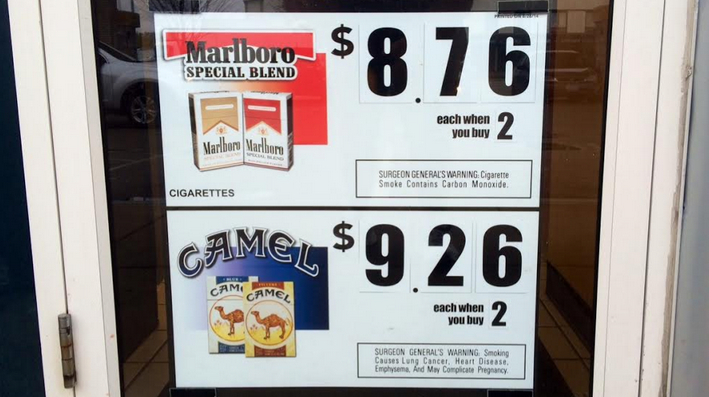After a ban on high-to-low purchasing of debit costs, mini financing from renewable loan providers in zip codes with below median money fell by about 16 percent.
A t the conclusion each business day, financial institutions send the days purchases on their consumers accounts. Some banking companies upload build up, debit credit purchases, earnings distributions, and wire transfers without regard to exchange size.

In the event the funds from inside the membership tend to be insufficient to cover the costs, account with overdraft agreements may automatically obtain that loan to cover the shortfall. Financial institutions cost fees for overdraft transactions, and penalize profile with insufficient funds.
Some banking institutions, without posting transactions chronologically, article using a high-to-low reordering tip. In this instance, transactions of most types include posted in an effort of the size, from the largest add up to the tiniest. This purchase can produce huge and unanticipated charge for consumers.
Think about a person who have $500 in a checking account at the beginning of the day, withdraws $110 in finances from an Automatic Teller Machine in the morning, produces a for food for $60, possess $400 in book instantly deducted during the afternoon, and soon after deposits $70. Missing high-to-low reordering, the profile closes a single day with a zero balance, and incurs couple of if any overdraft costs.
Under a high-to-low reordering tip, but the levels was earliest recharged for $400 in lease. Next debit, $110 from the Automatic Teller Machine, generates an overdraft. If a $35 overdraft charge was added instantly, the balance turns out to be – $45. Including the $70 deposit delivers the account balance to $25. Debiting the $60 food check overdraws the account once again, creating another $35 overdraft cost. The levels ends up the afternoon overdrawn by $70, the number of both costs.
A new study by Marco Di Maggio , Angela T. Ma , and Emily Williams , in debt: Overdrafts, Payday credit and the Underbanked (NBER Working Paper 28242 ), locates that the charge generated by high-to-low processing may promote low-income individuals to replace the greater number of high priced services of payday lenders and check cashing providers for the people of old-fashioned financial institutions. Making use of information from a Pew Charitable Trusts study regarding the 50 biggest all of us banking companies from 2012 to 2015, they reveal that approximately one out of five lender branches in each zip code used high-to-low handling, and that the ones that performed were very likely to have actually limbs near payday lenders and check cashers than finance companies in the same postcode that decided not to use this handling tip.
The researchers used judgements from 37 legal actions to determine banking institutions that had been enjoined by using high-to-low reordering. By examining information from understanding, a credit bureau that tracks credit score rating from payday loan providers and concept loan providers, they discover that, in the year soon after these prohibitions, quarterly mini loans from alternate loan providers in zip codes with below average income fell by $84 per debtor per quarter, or just around 16 %. Testing of a representative sample of Equifax consumers indicated that installment financing furthermore fell by about $200 per borrower per quarter, a 6 percentage reduction.
Domestic budget did actually augment after high-to-low reordering ended up being prohibited. In 2 years, average bank card limits enhanced by $190 while balances enhanced by $110. In 3 years, credit limits happened to be up by $335 and bills were upwards by $195.
Some bank limbs rely on overdraft charges for a substantial element of their earnings. Following a ban on high-to-low reordering, the likelihood of a financial branch closing increasing by as much as 2 percentage, together with enhance had been especially pronounced in zip codes with a lot fewer branches minimizing incomes.
Deixe uma resposta